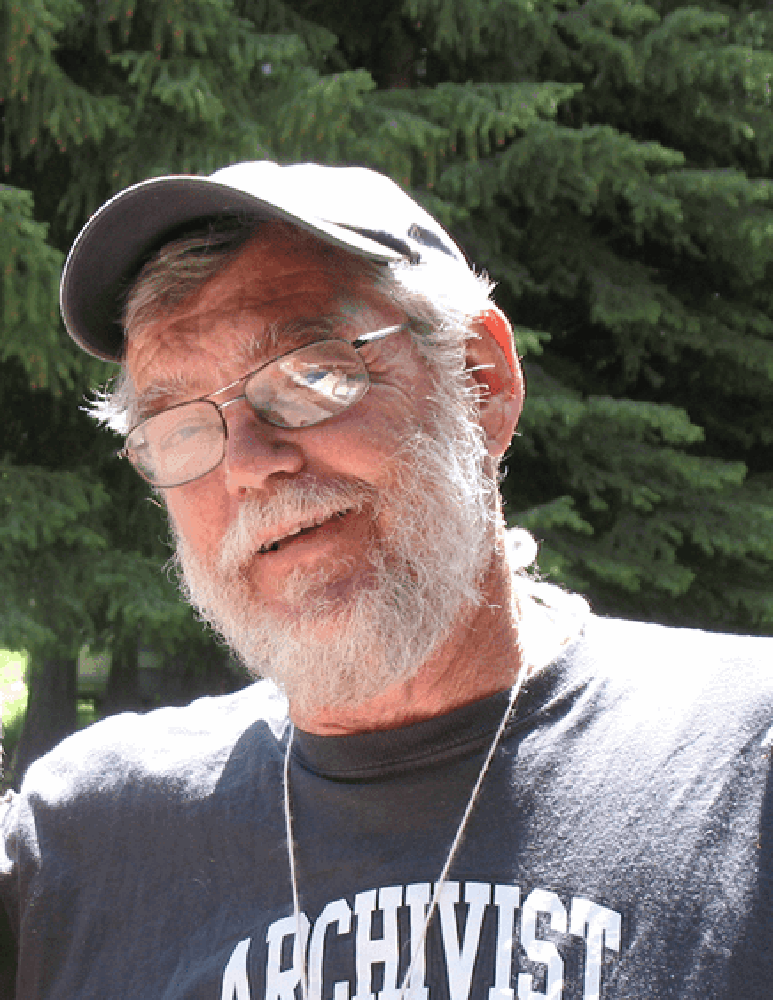Main Street: A brief history of tourism
Published 6:00 am Wednesday, June 16, 2021

- Rich Wandschneider
As COVID fears decrease, tourism flourishes. In some ways and places, tourism continued right through the worst of times, as second-homeowners retreated to their second homes to wait it out, or as RVers hit the road with their school-age kids, teaching geography and history as they telecommuted with classrooms. RV sales soared, and getting and patching up a used RV became near impossible. Makes sense: Buy your groceries at Door-dash or shop the supermarket Sunday morning early, stock the RV larder and hit the road.
That works for retirees, and for some — students and workers — who can telecommute from anywhere. It didn’t help hotels, motels and restaurants accustomed to relying on tourist dollars. And it didn’t help essential workers who couldn’t get the time off — or didn’t have RVs. But things have eased some for the many grocery workers, nurses, box store employees and others who count themselves “middle class.”
We’ve watched it all go by on Main Street in Joseph, wintertime heavy with Idaho and Washington license plates; and now the longer reach, measured by Nevada, Texas, Wisconsin, Carolina, New York and California plates.
This is not all new. There were adventurers who set out for foreign lands in Greek and Roman times — they left graffiti on buildings and monuments, as did the poet Lord Byron; I found his name scratched into an ancient temple in Greece when I “adventured” there in 1966.
One of my favorite book titles is “A Short Walk in the Hindu Kush.” Short and steep; Eric Newby set out to climb the mountains of Afghanistan. He and a traveling companion “trained” by climbing hills and visiting pubs in Wales. Newby found a new career, and it wasn’t mountain climbing, but travel writing.
Which reminds me that Tom Brosnahan, a Peace Corps volunteer with me in Turkey, tired of teaching English, talked the tourism ministry into his writing “Turkey on $5 a Day” (this was in 1969; the last, 1993 edition, was “Turkey on $40 a Day”). Tom has made a career of it, with over 40 travel books and work as a travel planner for people headed to Turkey or France or other foreign lands.
Back at home, Americans have been addicted to travel since the first Europeans who called themselves Americans set out to conquer a continent. Daniel Boone and John Chapman — “Johnny Appleseed” — were never satisfied with the settled, always looking for new places and adventures. French voyageurs — “travelers” — paddled and carried the fur trade in their canoes. Thomas Wolfe wrote “You Can’t Go Home Again,” and in describing a train trip from New York to North Carolina, says that Americans are only “at home” when they are on the move.
Closer yet to home, T. T. Geer, who would become governor of Oregon in 1899, came with friends on a camping trip to Wallowa Lake in 1875, and wrote about it in “Fifty Years in Oregon: Experiences, Observations and Commentaries Upon Men, Measures and Customs in Pioneer Days and Later Times.” He took what might be the first photo of the lake and as local history guru David Weaver notes, described a happy trip with La Grande friends — without once mentioning the turmoil going on between settlers and the Indians just two years before Chief Joseph’s band of Nez Perce were forced out.
Gov. Geer and Nez Perce eviction were followed by settlement — and tourism. The tour boat Lavina once carried visitors, who came to Joseph by train and the foot of the lake by carriage to the head of the lake. There were boxing matches and a hotel restaurant with cloth napkins there before the Wallowa Lake Lodge was built in 1923. From bookstore days 40 years ago, I remember customers who came every summer to spend the same three weeks at Wallowa Lake, and others from Portland and Tri-Cities who came to summer cabins.
The big change might be the democratization of tourism — once the rite and right of the rich and famous, most Americans now find time and money to be tourists, if only for a rare week or weekend. Our local restaurants are once again full, and the lines at Safeway on Sunday were July 4 and Chief Joseph Days long.
The Nez Perce, who were great travelers themselves, canoeing to Celilo and hunting buffalo on the Plains, are different only in that they are still attached to an original place — which includes these Wallowas. One can imagine the elders thinking: first Lewis and Clark, then the fur traders who misnamed us, followed by missionaries who thought we should all be Presbyterians and settlers and treaty-makers and military who displaced us.
Now the Nez Perce return from Lapwai and Colville and Umatilla to dig roots on the Zumwalt Prairie and sing and drum in the Longhouse in Wallowa, tourists in their own land.









